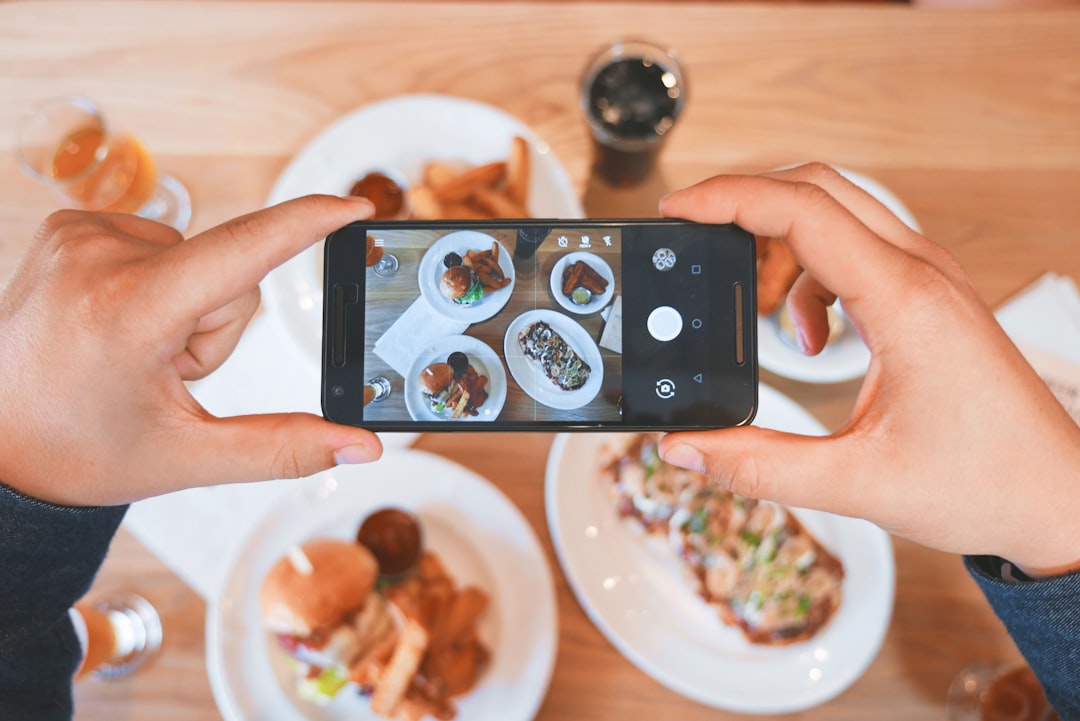Smartphones have become an indispensable part of our lives, revolutionizing the way we communicate, work, and entertain ourselves. These pocket-sized devices have undergone a remarkable evolution since their inception, constantly pushing boundaries and introducing new possibilities. In this blog post, we will delve into the history, features, and impact of smartphones, showcasing how they have shaped our world.
The concept of a smartphone dates back to the early 1990s when IBM introduced the first device combining the functionality of a personal digital assistant (PDA) and a mobile phone. However, it was not until the arrival of the iPhone in 2007 that smartphones truly began to make their mark. Apple’s revolutionary device combined a sleek design, intuitive interface, and an array of features that redefined what a phone could do.
Since then, smartphones have continued to evolve, with each generation introducing advancements in processing power, camera quality, and connectivity. The introduction of high-speed internet and the development of mobile applications further expanded the capabilities of these devices, turning them into versatile tools for both personal and professional use.
One of the most significant impacts of smartphones is their ability to keep us connected with the world at all times. Through instant messaging apps and social media platforms, we can communicate with friends and family across the globe with just a few taps. Smartphones have also transformed the way we consume news and information, providing us with constant updates and access to a vast array of knowledge at our fingertips.
In addition to communication, smartphones have redefined the way we work, enabling us to stay productive on the go. With a wide range of productivity and organization apps available, we can manage our schedules, collaborate with colleagues, and access important documents no matter where we are. This newfound flexibility has allowed many professionals to achieve a better work-life balance and optimize their time.
The impact of smartphones extends beyond communication and work, infiltrating various aspects of our daily lives. From shopping to entertainment, smartphones have transformed industries and revolutionized the way we consume. E-commerce platforms have gained tremendous popularity as people can conveniently browse, compare, and purchase products using their smartphones. Streaming services and gaming apps have also become a significant source of entertainment, bringing movies, music, and games directly to our screens.
However, the immense benefits of smartphones come with a flipside. The constant connectivity can lead to smartphone addiction and a diminished sense of presence in the real world. Excessive smartphone usage has been linked to various health issues, including sleep disturbance, decreased attention span, and mental health problems such as anxiety and depression. Striking a balance between the convenience of smartphones and the need for real-world interactions has become a challenge in today’s digital age.
In conclusion, smartphones have revolutionized the way we live, work, and connect with others. From their humble beginnings as PDAs with basic calling capabilities, they have evolved into powerful devices that combine communication, productivity, and entertainment features. However, it is crucial to be mindful of our smartphone usage and find the right balance between the digital world and the offline one. By harnessing the potential of smartphones while maintaining a healthy approach to their usage, we can fully enjoy the benefits they bring and navigate the digital landscape with ease.





